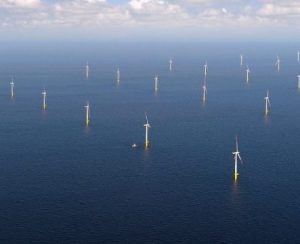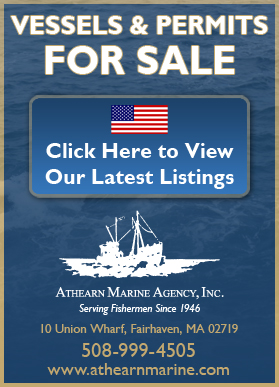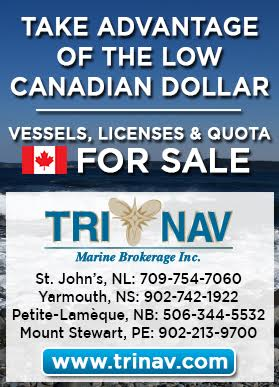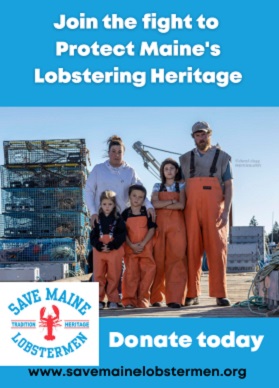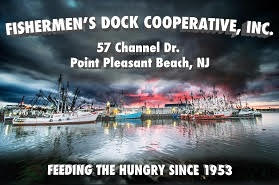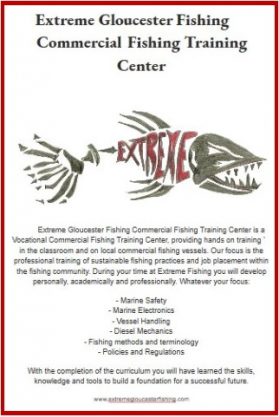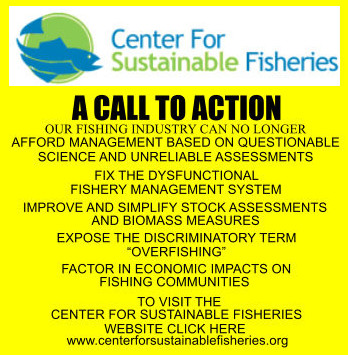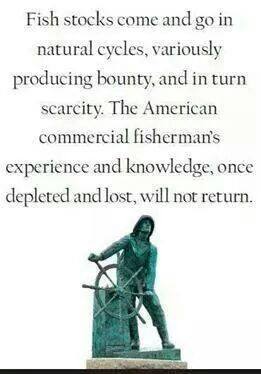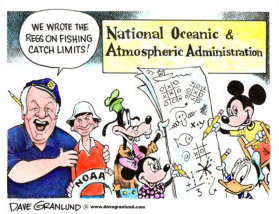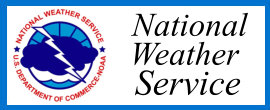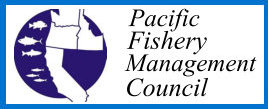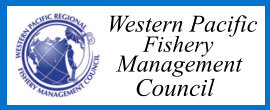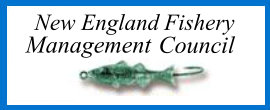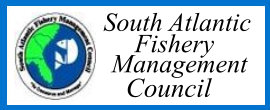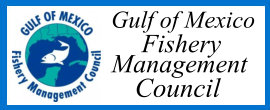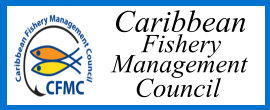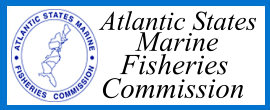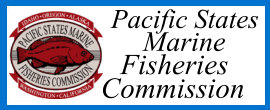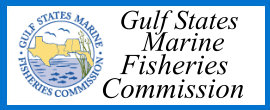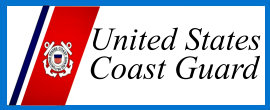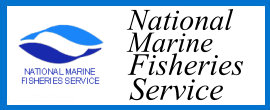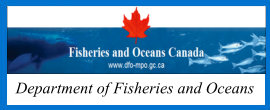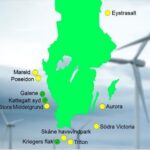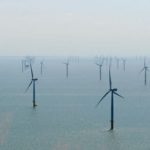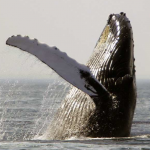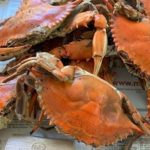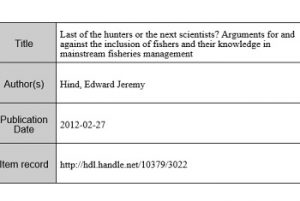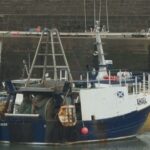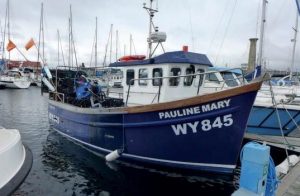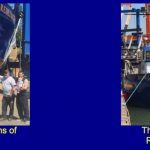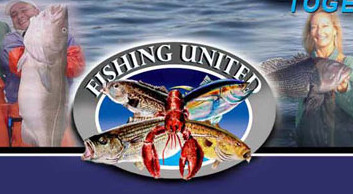Tag Archives: East Coast
Charting a course toward seafood independence for Alaska’s vulnerable food systems
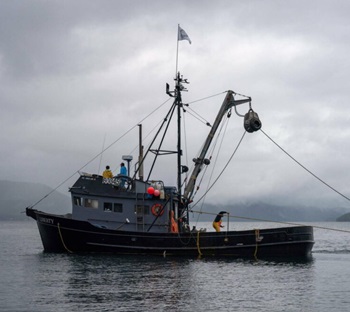 As a commercial fisherman based in Sitka and the executive director of the Alaska Longline Fishermen’s Association (ALFA), I’ve spent decades navigating Alaska’s challenging waters and the headwinds facing our fishing communities. Alaska’s coastal residents are resilient, but they are up against a new magnitude of challenges. The loss of fishing access and community-based processing capacity, along with a dearth of local markets for seafood, are straining once vibrant fishing economies up and down our coastline. I recently contributed to a fisheries access report commissioned by the Alaska Sustainable Fisheries Trust (ASFT), which highlights the outmigration of fishing access in Southeast Alaska. Communities with historically robust local fishing fleets now see few active vessels based in town. This trend is acute in communities such as Kake, which has lost its local processor — and with it, a viable market for resident fishermen. Through interviews and in-person engagement, ASFT’s report found that a common concern among fishermen was the loss of a local fish buyer. When this happens, resident fishermen often sell their permits or abandon fishing altogether. more, >>CLICK TO READ<< By Linda Behnken 12:05
As a commercial fisherman based in Sitka and the executive director of the Alaska Longline Fishermen’s Association (ALFA), I’ve spent decades navigating Alaska’s challenging waters and the headwinds facing our fishing communities. Alaska’s coastal residents are resilient, but they are up against a new magnitude of challenges. The loss of fishing access and community-based processing capacity, along with a dearth of local markets for seafood, are straining once vibrant fishing economies up and down our coastline. I recently contributed to a fisheries access report commissioned by the Alaska Sustainable Fisheries Trust (ASFT), which highlights the outmigration of fishing access in Southeast Alaska. Communities with historically robust local fishing fleets now see few active vessels based in town. This trend is acute in communities such as Kake, which has lost its local processor — and with it, a viable market for resident fishermen. Through interviews and in-person engagement, ASFT’s report found that a common concern among fishermen was the loss of a local fish buyer. When this happens, resident fishermen often sell their permits or abandon fishing altogether. more, >>CLICK TO READ<< By Linda Behnken 12:05
72 whales have died on the East Coast in a year. NOAA must take action.
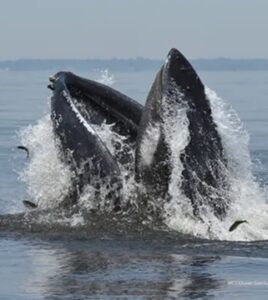 So, what have we learned from the recent whale deaths off the East Coast — 72 since December 2022? They have compelled local communities to question the risks and benefits of offshore wind. Sadly, these same deaths have revealed a disturbing lack of curiosity among the oil-companies-turned-offshore-wind-developers, the National Oceanic and Atmospheric Administration and even some marine scientists who rush to the cameras every time a whale dies to point fingers away from offshore wind development along the eastern seaboard. Proponents of offshore wind are quick to blame global warming (to which of course their solution is offshore wind turbines) moving feeding grounds into shipping lanes and general episodic “vessel strikes” for these deaths. Many hope to close the investigation within the same day or two because the last thing they need is to have two dead whales, less than 30 miles apart, stealing the headlines for a full week. Proponents of these systems are also quick to claim that offshore wind will not harm marine mammals, yet their own action seemingly contradicts that. >>click to read<< 16:49
So, what have we learned from the recent whale deaths off the East Coast — 72 since December 2022? They have compelled local communities to question the risks and benefits of offshore wind. Sadly, these same deaths have revealed a disturbing lack of curiosity among the oil-companies-turned-offshore-wind-developers, the National Oceanic and Atmospheric Administration and even some marine scientists who rush to the cameras every time a whale dies to point fingers away from offshore wind development along the eastern seaboard. Proponents of offshore wind are quick to blame global warming (to which of course their solution is offshore wind turbines) moving feeding grounds into shipping lanes and general episodic “vessel strikes” for these deaths. Many hope to close the investigation within the same day or two because the last thing they need is to have two dead whales, less than 30 miles apart, stealing the headlines for a full week. Proponents of these systems are also quick to claim that offshore wind will not harm marine mammals, yet their own action seemingly contradicts that. >>click to read<< 16:49
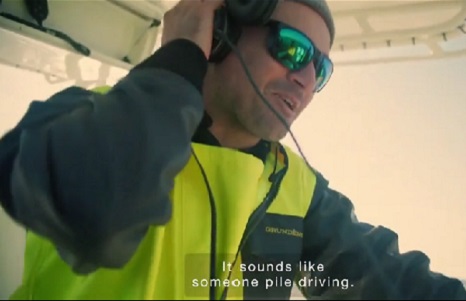
New documentary ‘proves’ building offshore wind farms does kills whales
The increase in whale, dolphin, and other cetacean deaths off the East Coast of the United States since 2016 is not due to the construction of large industrial wind turbines, U.S. government officials say. Their scientists have done the research, they say, to prove that whatever is killing the whales is completely unrelated to the wind industry. But now, a new documentary, “Thrown to the Wind,” by director and producer Jonah Markowitz, which I executive produced, proves that the US government officials have been lying. The film documents surprisingly loud, high-decibel sonar emitted by wind industry vessels when measured with state-of-the-art hydrophones. Video, >click to read<
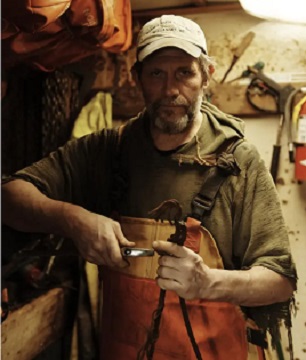
How foreign private equity hooked New England’s fishing industry
The 85-foot trawler, deep green and speckled with rust, was returning from a grueling fishing trip deep into the Atlantic swells. As sunrise broke over New Bedford harbor, the fish were offloaded in plastic crates onto the asphalt dock of Blue Harvest Fisheries, one of the largest fishing companies on the East Coast. About 390 million pounds of seafood move each year through New Bedford’s waterfront, the top-earning commercial fishing port in the nation. Leeman and his crew are barely sharing in the bounty. On deck, Leeman held a one-page “settlement sheet,” the fishing industry’s version of a pay stub. Blue Harvest charges Leeman and his crew for fuel, gear, leasing of fishing rights, and maintenance on the company-owned vessel. Across six trips in the past 14 months, Leeman netted about 14 cents a pound, and the crew, about 7 cents each — a small fraction of the $2.28 per pound that a species like haddock typically fetches at auction. Photos, >click to read< 12:04
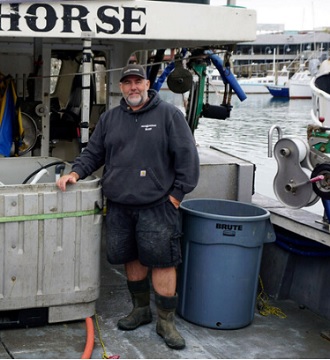
This fishing gear can help save whales. What will it take for fishermen to use it?
Fishing boats would normally still be unloading Dungeness crabs at San Francisco’s fisherman’s wharf in May. This year, the docks were quiet, except for one berth. “We’re the only boat right now,” says Brand Little, standing next to a large tank of bright red crabs on the deck of his boat, the Pale Horse. State regulators closed the Dungeness season two months early this year, due to the arrival of humpback whales in the area. On both the East and West Coasts, crab and lobster fishermen are seeing their fishing seasons shrink over concerns that whales are getting entangled in the long ropes attached to their gear, accidents that often end up injuring or killing the animals. Photos, >click to read< 08:08
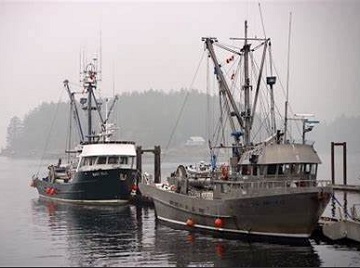
Fish fight over West Coast licences and quota resurfaces at federal committee
A parliamentary committee investigating whether corporations and foreign owners have a stranglehold on Canadian fisheries is experiencing a serious case of deja vu. Witnesses speaking about the dire straits faced by commercial fish harvesters and coastal communities on the West Coast are raising the same issues first presented to the Standing Committee of Fisheries and Oceans (FOPO) starting in 2018.Independent operators, First Nations and young fishers are being squeezed out by skyrocketing prices for commercial fishing licences and quota, a set share of the allowable catch, witnesses told the committee at ongoing meetings starting May 8. >click to read< 15:23
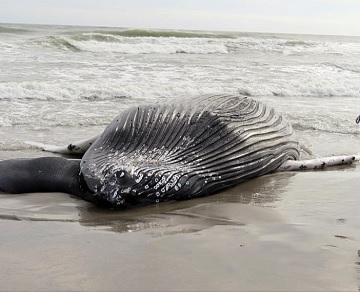
Wind farms creating ‘death zone’ at sea says ex-Greenpeace boss
Drilling foundations for offshore wind turbines and sound pulses used to prepare for the 900-foot towers may be creating a “death zone” for whales, a former Greenpeace chief claims. Patrick Moore, a co-founder of Greenpeace and its ex-president in Canada, believes the acoustic systems used by vessels surveying the ocean floor harm the marine mammals’ sense of hearing, risking their crucial ability to navigate, and leading to more dead whales washing up onshore. At least 36 “large” whales have washed up along the East Coast since Dec. 1, according to data from the National Oceanic and Atmospheric Administration. photos, >click to read< 07:51
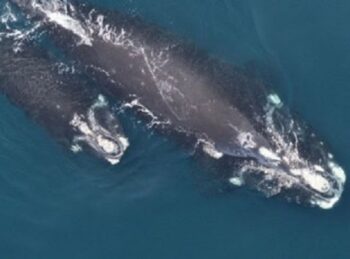
Maine lobster group backs new speed limit on ships to protect whales
A proposal to expand speed limits along the East Coast might have little impact on vessels off Maine and is not directly linked to two lawsuits over pending federal regulations for the state’s lobster fishery. Still, the groups involved in that litigation recently weighed in on the speeding proposal, which is part of broader efforts to save right whales from extinction. The Maine Lobstermen’s Association and four conservation groups supported the stricter limits but took issue with other aspects of the rules and reiterated the priorities that have driven their court battles. >click to read< 09:31
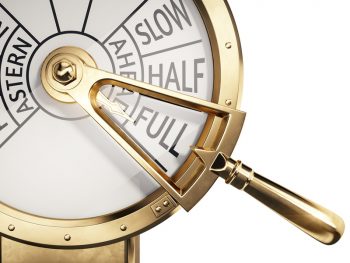
Some ship operators push back at rules requiring slowdown for whales
Federal regulators who want to enforce new vessel speed rules to help protect rare whales can expect some pushback from ship operators. The National Oceanic and Atmospheric Administration announced the new proposed rules, which are designed to protect the last remaining North Atlantic right whales, last month. The rules would expand seasonal slow zones off the East Coast and require more vessels to comply with the rules. The American Pilots’ Association is concerned the new rules would make operations more hazardous for pilot boats, said Clayton Diamond, executive director of the group. >click to read< 13:41
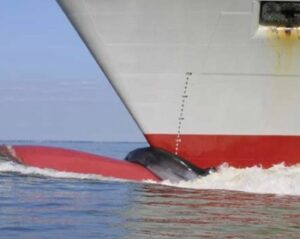
Ship Strikes: Ships must slow down more often to save whales, feds say
Vessels off the East Coast must slow down more often to help save a vanishing species of whale from extinction, the federal government said Friday. Efforts to save the whales have long focused on fishing gear, especially that used by East Coast lobster fishermen. The proposed vessel speed rules signal that the government wants the shipping industry to take more responsibility. “Changes to the existing vessel speed regulation are essential to stabilize the ongoing right whale population decline and prevent the species’ extinction,” state the proposed rules, which are slated to be published in the federal register. Fishermen are unfairly being held accountable for whale deaths that occur due to vessel strikes, said Patrice McCarron, executive director of the Maine Lobstermen’s Association, which is the largest fishing industry association on the East Coast. >click to read< 11:33
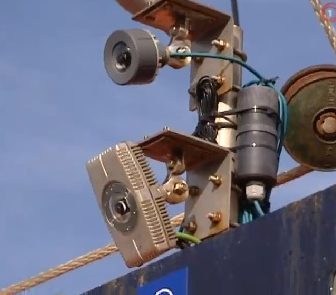
Lobstermen who harvest federal waters will be required to install electronic trackers
East Coast lobster and Jonah Crab fishermen who harvest federal waters will be required to install electronic trackers on their boats, giving federal regulators unprecedented detail on where fishing activity is taking place. A vote by the regional American Lobster Management Board approved the measure Thursday. Ware and the co-chair of the Maine Legislature’s Marine Resources Committee, Democratic Senator David Mirament, voted for the measure, over objections from the third member of Maine’s delegation, lobsterman Steve Train. >click to read< 09:32
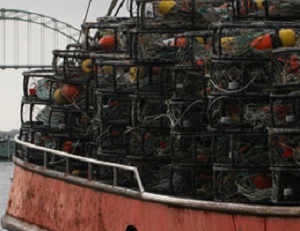
Commercial Fishing Safety on the West Coast
In 2009, NIOSH completed an in-depth study of commercial fishing fatalities in the United States for the decade spanning 2000-2009. The purpose of the study was to identify the most hazardous fisheries around the country and to describe the unique safety issues in each. For this study the US was divided into four fishing regions: Alaska, West Coast, East Coast, and the Gulf of Mexico. The results of this analysis for the West Coast region can be found in the document,,, >click to read< 13:18
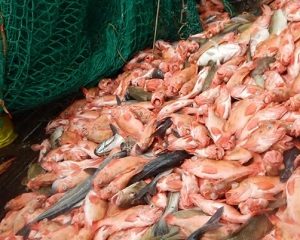
Canada adds warm-water fish to list of species monitored in DFO summer trawl survey off East Coast
Several warm-water fish species were added to the annual summer research vessel survey off the coast of Eastern Canada in 2020.,, Monitoring for the blackbelly rosefish, john dory, trigger fish, tilefish fish, dusky shark and others was included in the DFO summer trawl survey along the Scotian Shelf and Bay of Fundy for the first time last year. It was done at the request of the commercial fishing industry, which is capturing them accidentally, called bycatch, but cannot land them because they are not included in any Canadian commercial fish licence conditions. That doesn’t make sense to Alain d’Entremont, president and CEO of Scotia Harvest,,, “I think that if they are groundfish species and we are catching them as part of our regular fishing, then there should be mechanisms for us to be able to land them,,, >click to read< 16:55
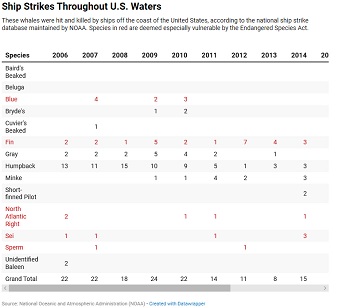
‘Ship Strikes’ Killing Whales! A voluntary slow-down program for passing ships is frequently ignored
According to NOAA, these “ship strikes” are blamed for at least 88 whale deaths in California. Since 2006, 239 whales were killed in all U.S. waters over the same time period. Of those whales killed, nearly one in three was a member of an endangered species. Scientists, however, believe the true number of deaths is far higher than the official counts. “The majority of reported ship strikes probably represents a tenth or less of the true number occurring,” said Calambokidis. “The majority of whales that die, in fact, sink and disappear and are never documented.” Check the chart that says how many estimated by NOAA! >click to read< 14:16
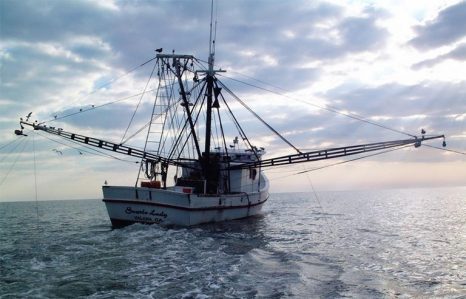
NIOSH regional reports highlight top dangers in commercial fishing industry
Vessel disasters and falls overboard are the primary hazards experienced by workers in commercial fishing – an industry with a fatality rate 29 times higher than the national average – according to a recent NIOSH analysis of four U.S. regions. NIOSH reviewed overall commercial fishing fatalities in Alaska, the Gulf of Mexico, and the East and West Coasts from 2010 to 2014. Researchers found that 184 fatalities occurred in the four regions: Alaska recorded 45, the West Coast had 30, the East Coast reported 60 and the Gulf of Mexico experienced 49. Vessel disasters (capsizes, fires, groundings, sinking) accounted for the most deaths with 80, followed by falls overboard with 53. Other categories included onboard, onshore and diving. click here to read the story 23:24
Op-Ed: The risks oil lobbyists don’t want you to know
 As the Obama Administration nears a final decision about opening the Virginia coast to offshore drilling, outsider oil and gas industry representatives have ramped up their campaign to drill. But these oil lobbyists do not represent the many Virginians that stand firmly opposed to the proposal to open our coasts to offshore drilling — business owners, community members, fishermen, and families along the coast. After all, we’re the ones whose jobs would be put at risk if offshore drilling begins off our coast. Read the op-ed here 16:14
As the Obama Administration nears a final decision about opening the Virginia coast to offshore drilling, outsider oil and gas industry representatives have ramped up their campaign to drill. But these oil lobbyists do not represent the many Virginians that stand firmly opposed to the proposal to open our coasts to offshore drilling — business owners, community members, fishermen, and families along the coast. After all, we’re the ones whose jobs would be put at risk if offshore drilling begins off our coast. Read the op-ed here 16:14
Fairness and equality
 How many threatened loggerhead, green and marine sea turtles and the endangered Kemps Ridley turtle are off the coast of the United States? How many are off the North Carolina coast? These questions need answers. Because for years and years only commercial fishermen — those who provide restaurants and markets with seafood — have been required to report any interaction they have with sea turtles. Read more here 17:48
How many threatened loggerhead, green and marine sea turtles and the endangered Kemps Ridley turtle are off the coast of the United States? How many are off the North Carolina coast? These questions need answers. Because for years and years only commercial fishermen — those who provide restaurants and markets with seafood — have been required to report any interaction they have with sea turtles. Read more here 17:48
A potentially troubling development – Dolphin virus turns up in 4 dead whales
 The virus that has killed nearly 800 bottlenose dolphins off the East Coast has turned up in four whales that have washed ashore, a potentially troubling development if it is shown to be the cause of their deaths, a government marine expert said Thursday. [email protected] 16:26
The virus that has killed nearly 800 bottlenose dolphins off the East Coast has turned up in four whales that have washed ashore, a potentially troubling development if it is shown to be the cause of their deaths, a government marine expert said Thursday. [email protected] 16:26
Navy: Training, testing may kill hundreds of whales, dolphins and injure thousands

The studies were done ahead of the Navy applying to the National Marine Fisheries Service for permits for its activities. The Navy said that the studies focused on waters off the East Coast, the Gulf of Mexico, Southern California and Hawaii from 2014 through 2019, the main areas that the service branch tests equipment and trains sailors. more@wapo 08:01
The East Coast’s Next Big Threat – Seismic Airguns – Oceana starts facing real issues.
Seismic airguns could be the East Coast’s next big threat. In fact, the federal government is currently considering allowing their use to search for offshore oil and gas deposits in an area twice the size of California, stretching all the way from Delaware to Florida. [email protected]






